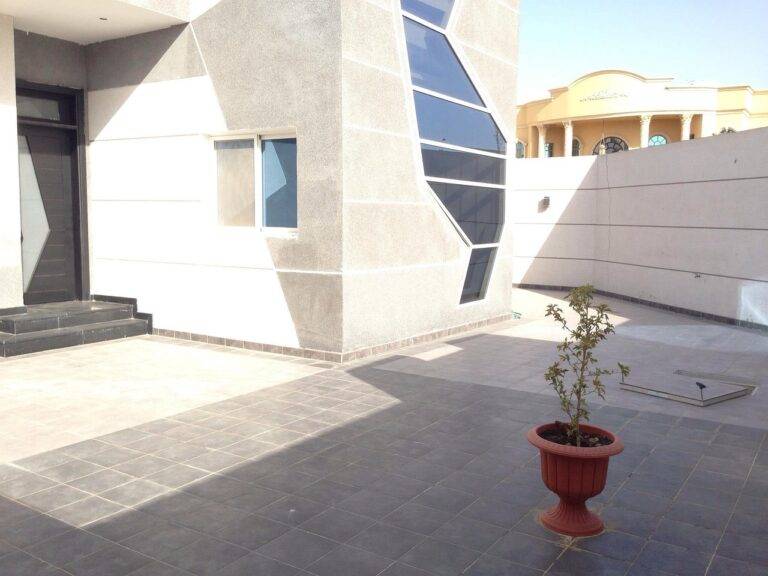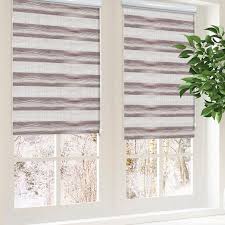Adding Skylights to Your Home: Pros and Cons
When designing a home, the orientation and roof pitch are crucial factors to consider. The orientation of a home plays a significant role in energy efficiency and overall comfort. The positioning of a home in relation to the sun can impact energy consumption, natural lighting, and heating/cooling requirements. A south-facing orientation is often preferred as it allows for more passive solar heating in colder months and better natural light exposure.
Roof pitch also plays a key role in the functionality and aesthetics of a home. The pitch of a roof affects drainage, snow load capabilities, and even potential for solar panel installations. Steeper pitches are common in areas with heavy snowfall to promote snow shedding, while flatter pitches are often seen in regions with milder climates. Additionally, the roof pitch can greatly influence the overall architectural style of a home, adding character and curb appeal.
Placement and Size of Skylights
When it comes to skylights, placement and size are crucial factors to consider for optimal functionality and aesthetic appeal in a home. The placement of skylights should be determined by the natural light requirements of the specific room. Placing skylights strategically can help in maximizing the penetration of natural light into the space, reducing the need for artificial lighting during the day.
Additionally, the size of skylights should be chosen in accordance with the dimensions and layout of the room. Larger skylights are ideal for larger rooms or areas that require abundant natural light, while smaller skylights may be more suitable for confined spaces or rooms with specific lighting needs. Properly sized skylights not only enhance the visual appeal of the room but also contribute to energy efficiency by reducing the reliance on electric lighting.
How does home orientation and roof pitch affect the placement of skylights?
Home orientation and roof pitch play a crucial role in determining the placement of skylights. The orientation of your home will impact how much natural light enters through the skylights, while the roof pitch will affect the angle at which the sunlight enters.
What factors should be considered when deciding on the placement of skylights?
When deciding on the placement of skylights, factors such as the direction of sunlight, the layout of the room, and any potential obstructions should be taken into consideration. Additionally, the intended purpose of the skylights should also be kept in mind.
How does the size of skylights impact their effectiveness?
The size of skylights will determine how much natural light enters the room. Larger skylights will allow more light to enter, while smaller skylights may provide a more subtle lighting effect. However, larger skylights may also result in more heat gain during hot months.
Are there any guidelines for determining the size of skylights?
There are no strict guidelines for determining the size of skylights, as it will depend on the specific requirements of each room. However, as a general rule of thumb, the size of skylights should be proportional to the size of the room and the amount of natural light desired. Consulting with a professional can help determine the optimal size for your skylights.






